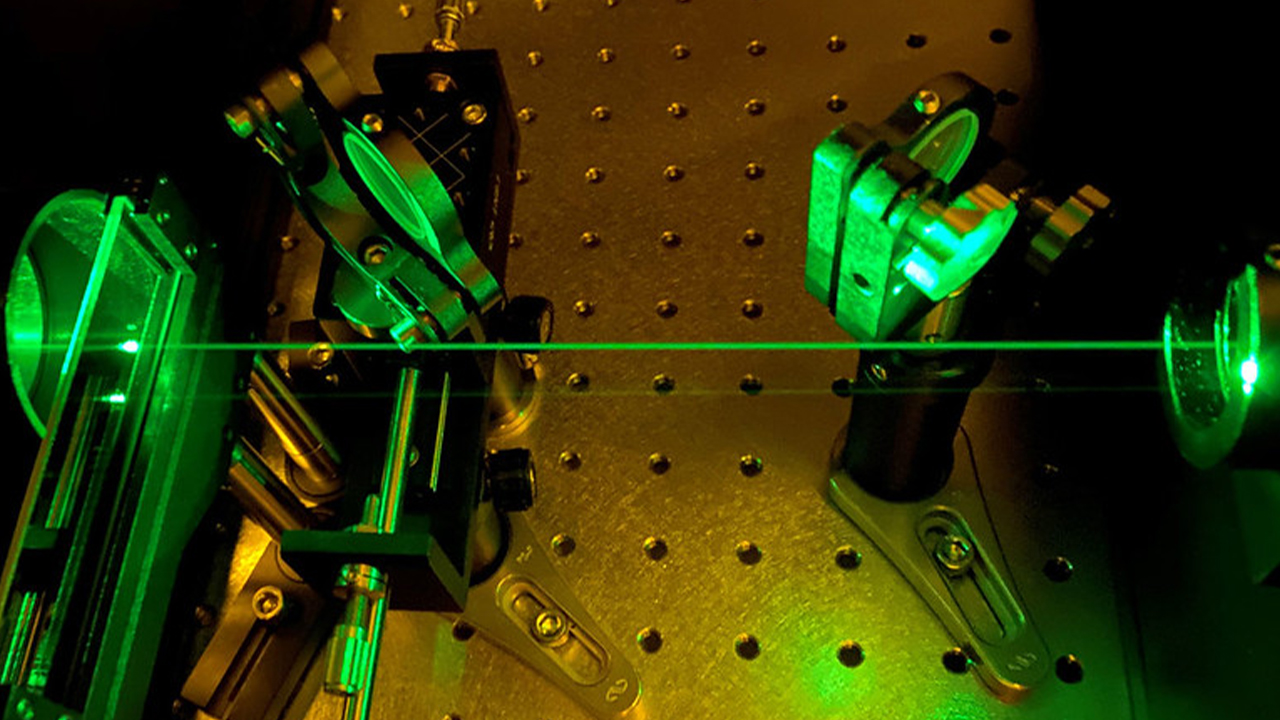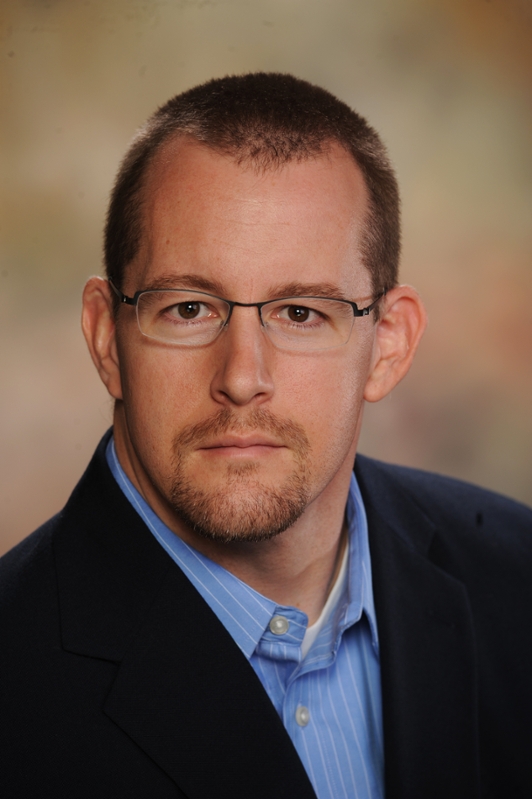Faculty research group sparks interdisciplinary quantum research collaboration
Published: May 26, 2021 12:00 AM
By Alyssa Turner
Auburn researchers have established the Auburn University Quantum Systems (AUQuaS) interdisciplinary research group to further the rapidly growing research area of quantum information science and engineering, by spurring interdisciplinary collaboration within the Samuel Ginn College of Engineering and the College of Science and Mathematics.
Quantum information science (QIS) is a rapidly growing area of research that encompasses many sciences, engineering and technology applications to understand the analysis, processing and transmission of information using quantum mechanics principles.
“It is easy to underestimate the future impact of quantum,” said Mike Hamilton, James B. Davis Professor of electrical and computer engineering, and director of the Alabama Micro/Nano Science and Technology Center. “To cross-pollinate across multiple disciplines, enhance internal collaborations and position better for sponsored research, we have formed the AUQuaS interdisciplinary group to bring together multiple groups from across campus working on various aspects of QIS.”
The collaboration began two years ago after mutual interests in quantum computing and information were determined by Hamilton and Luke Oeding, associate professor of mathematics, during a flight to the Washington D.C. area on the AU Shuttle Program.
Comprised of researchers from the departments of electrical and computer engineering, computer science and software engineering, chemical engineering and materials engineering, and faculty from the College of Science and Mathematics, the group was formed across two colleges to begin furthering the vibrant quantum research area.
While engineering builds on foundational questions into potential uses in the “real world,” Oeding said that mathematics and science allow for a deeper understanding of the foundations to create advancements in engineering.
“Despite being on different sides of campus, science and engineering are inseparable,” Oeding said. “When engineering applications drive basic research, a cool symbiotic feedback loop occurs, and lots of great work comes out from both sides.”
Currently, each AUQuaS researcher is involved in several ongoing projects involving applications rooted in quantum materials, chemistry, devices, hardware and algorithms.
Oeding and other members of AUQuaS are working on an interdisciplinary National Science Foundation proposal, among others.
“We have brought together electrical engineers, a physicist and a mathematician, which sounds like the beginning of an engineering and science dad joke,” Oeding said. “It is to advance the fundamental science and engineering of quantum transduction and quantum interconnect platforms based on antiferromagnetic materials and devices.”
In the future, AUQuaS is planning to develop internally by hosting lectures, adding curriculum to boost student engagement and grow research funding to train undergraduate and graduate students to prepare them to join the quantum workforce.
For Oeding, the symbiotic relationship that comprises AUQuaS contains ample opportunities for advancement.
“We hope interest in the group grows internally and externally and more interdisciplinary projects will stem from collaborations between members of this group,” he said. “As the group grows in scope and activity, we hope to be able to apply for center-level funding to supports its activity.”
Media Contact: , jdh0123@auburn.edu, 334-844-3591

"Green (520 nm) femtosecond laser used for micro/nano fabrication.


